Test Drive in the Porsche 356 Speedster: Where Porsche’s Open-Top Legacy Began
公開日:2021.10.24
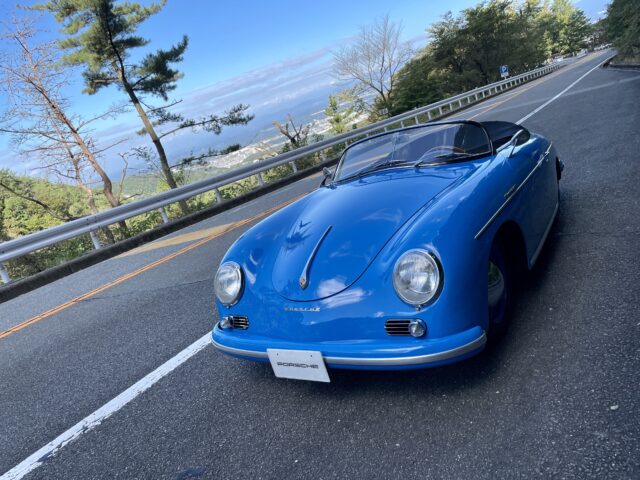
Porsche 356 Speedster
I’ve previously written about test driving the Porsche 356 coupe in an earlier article, but this time I had the opportunity to drive the 356 Speedster, so I’d like to share my review.
The model I drove was a 1958 Porsche 356A Speedster. After some research, I found that the 356 had three open-top variants: the Cabriolet, Speedster, and Roadster.
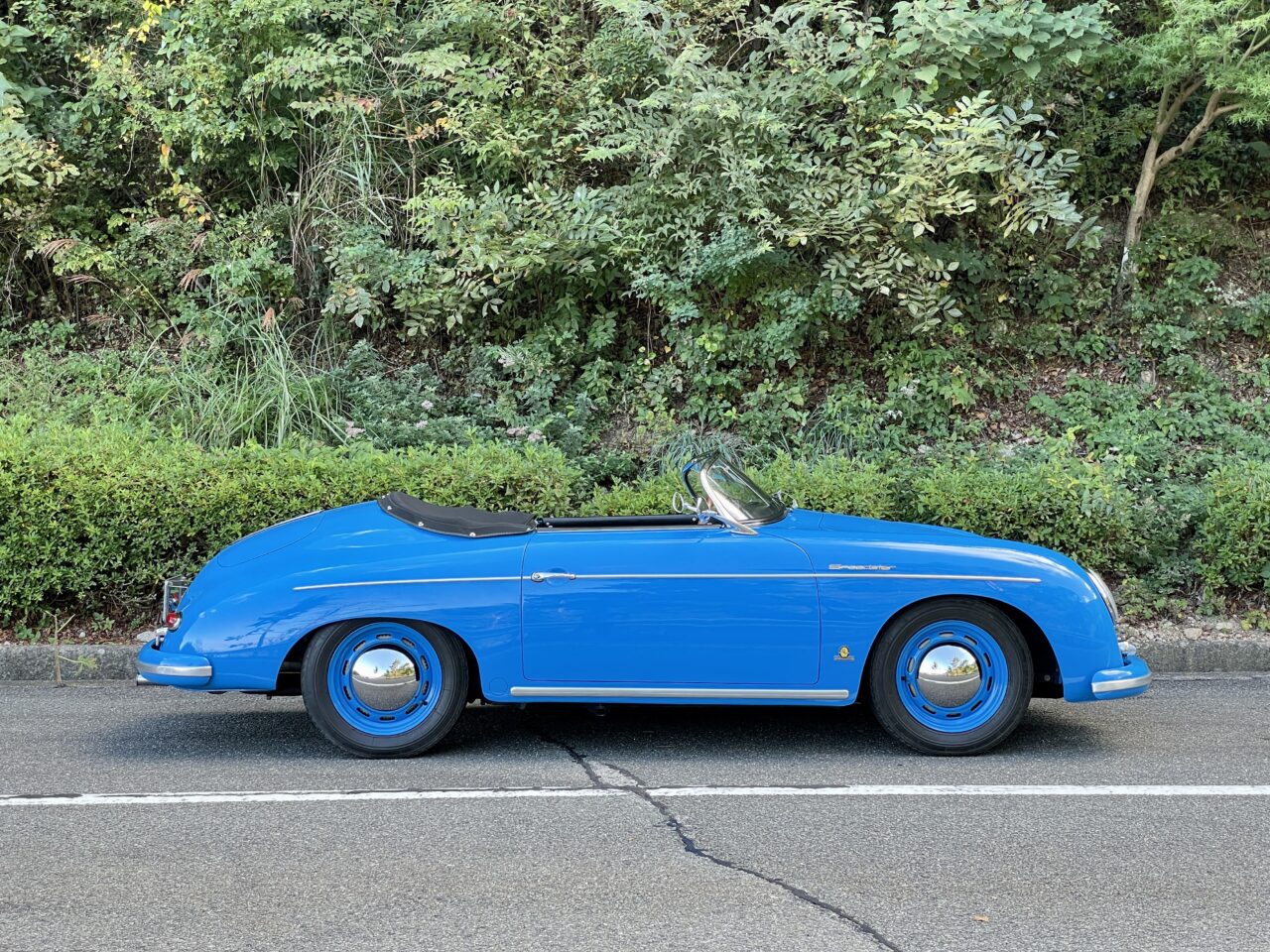
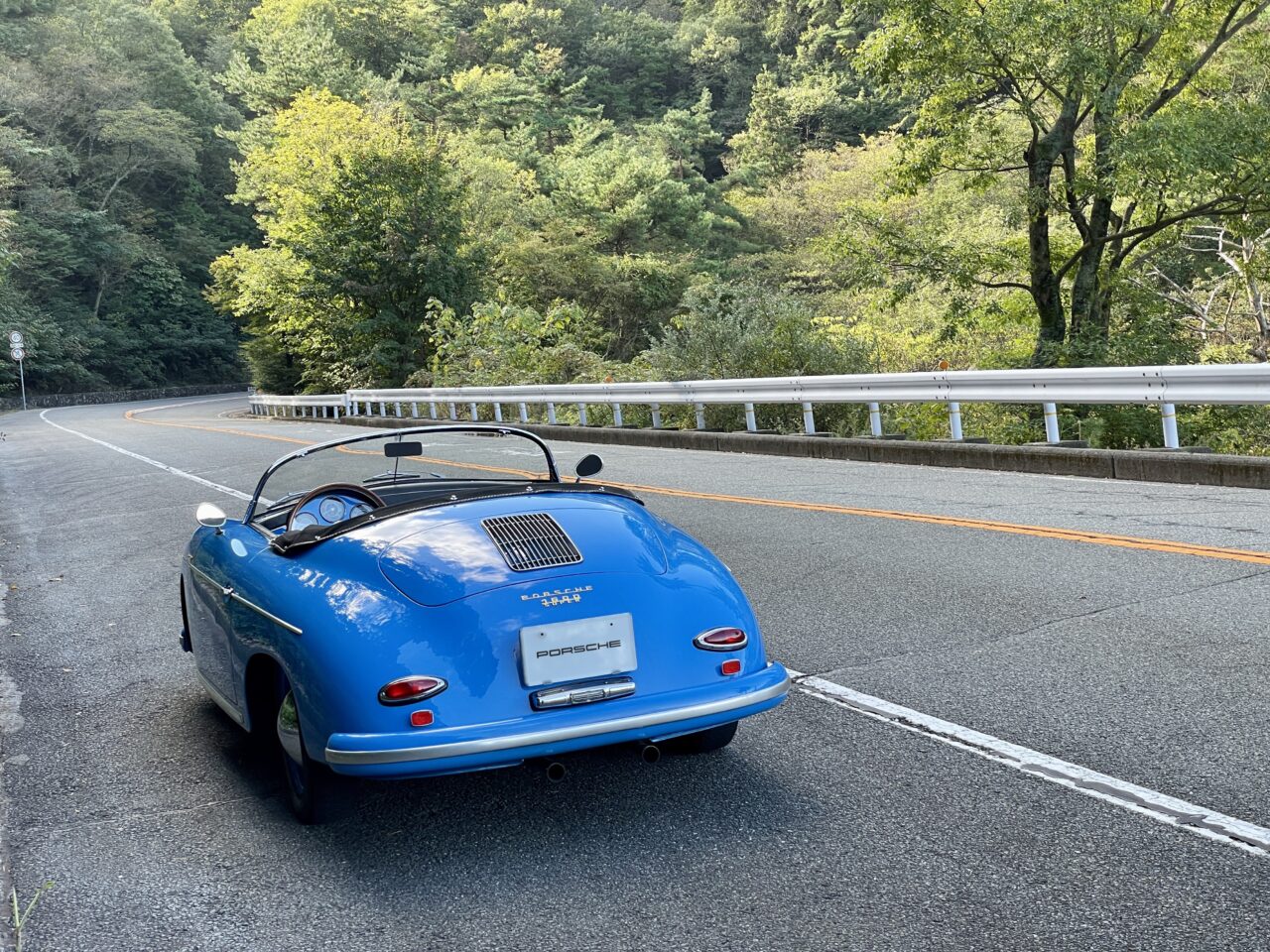
This particular car is a Speedster, and the “Speedster” grade that continues today with the 991 generation actually started here. In 1954, Porsche introduced the Speedster as a lightweight, affordable model aimed at expanding sales in North America.
To reduce weight, the interior and exterior were kept as simple as possible, and the base model was priced at $2,995 delivered in New York—making it the most affordable Porsche at the time.
Today, the “Speedster” name is strongly associated with expensive limited editions released late in a model’s life cycle, but back then it was essentially a budget-friendly version.
Personally, I first became aware of this car from the movie “Top Gun,” where the female instructor drove one. When I first saw the film, I didn’t realize it was a Porsche and vividly remember thinking, “What is that cool classic open-top car?”
Later, I learned it was the Porsche 356 Speedster, and since then my fascination has never waned.
This example is painted in the factory color Speedster Blue, a vivid shade that looks fantastic. Combined with the short windshield, it accentuates the sporty character even more. Nicknamed the “Bathtub.” This nickname comes from the fact that when it rains, the interior fills up like a bathtub.
First Impressions
Starting the engine, engaging the clutch, and setting off, the idle was a bit unstable at first, almost stalling, but once moving, it felt completely composed.
My first thought was, “It feels solid and well-built.” Given this is an open car from over 50 years ago, I expected it to feel a bit fragile even for a Porsche, but I was pleasantly surprised in the best way.
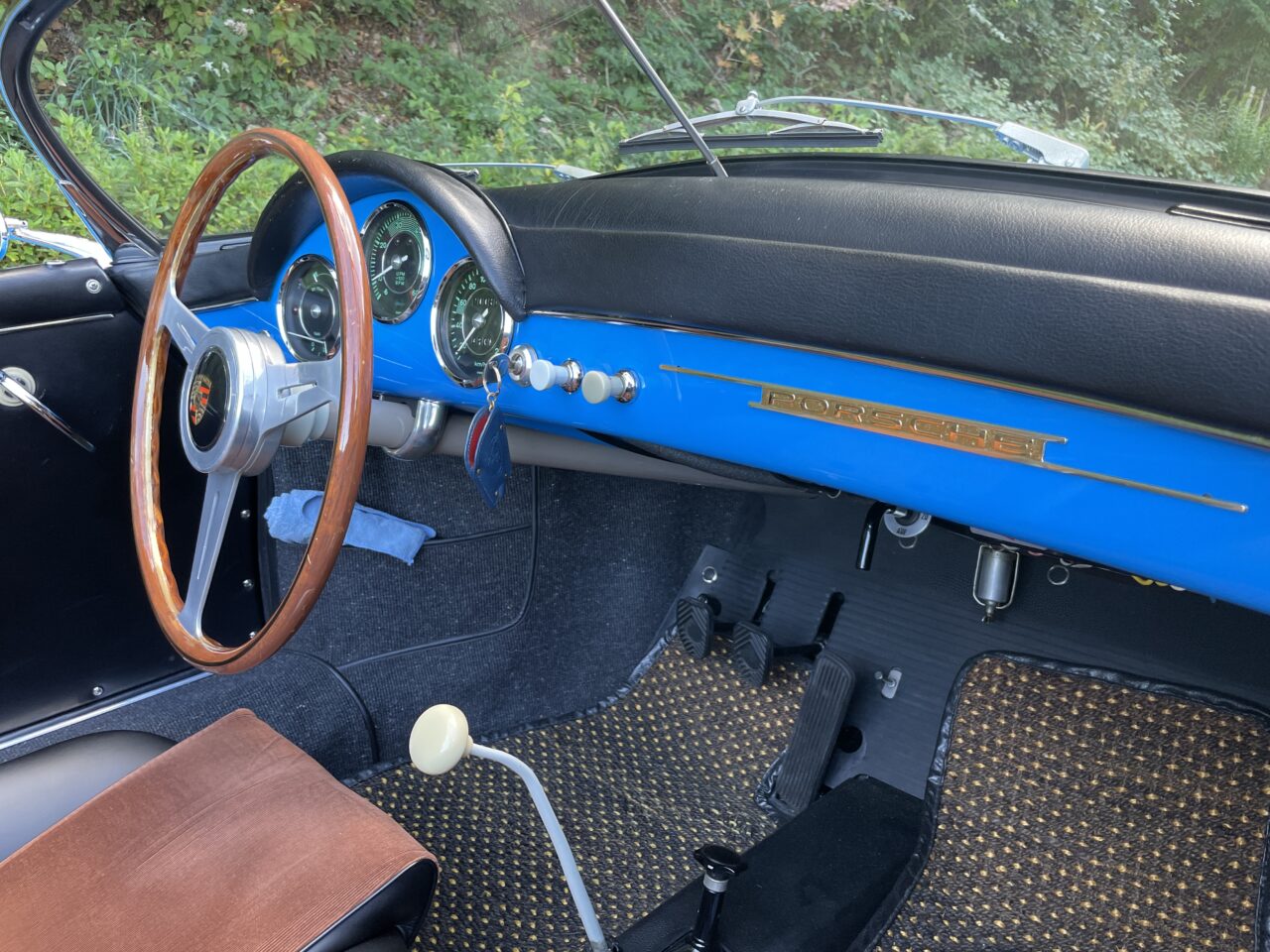
Taking a few corners, the car felt very composed with a reassuring sense of grip. The original engine produced 75 hp, but this particular car has been upgraded to a 90 hp engine, so there’s no feeling of power shortage at all. Even in situations where a Japanese kei sports car might struggle, this Speedster accelerates smoothly, so I hardly felt any frustration.
Although it’s a rear-engine (RR) car, the driving feel isn’t like a 911, as I mentioned in my coupe review. It doesn’t feel like you’re carrying a heavy load behind you; it’s not quite mid-engine, but it feels close to that natural balance, making it very easy to drive.
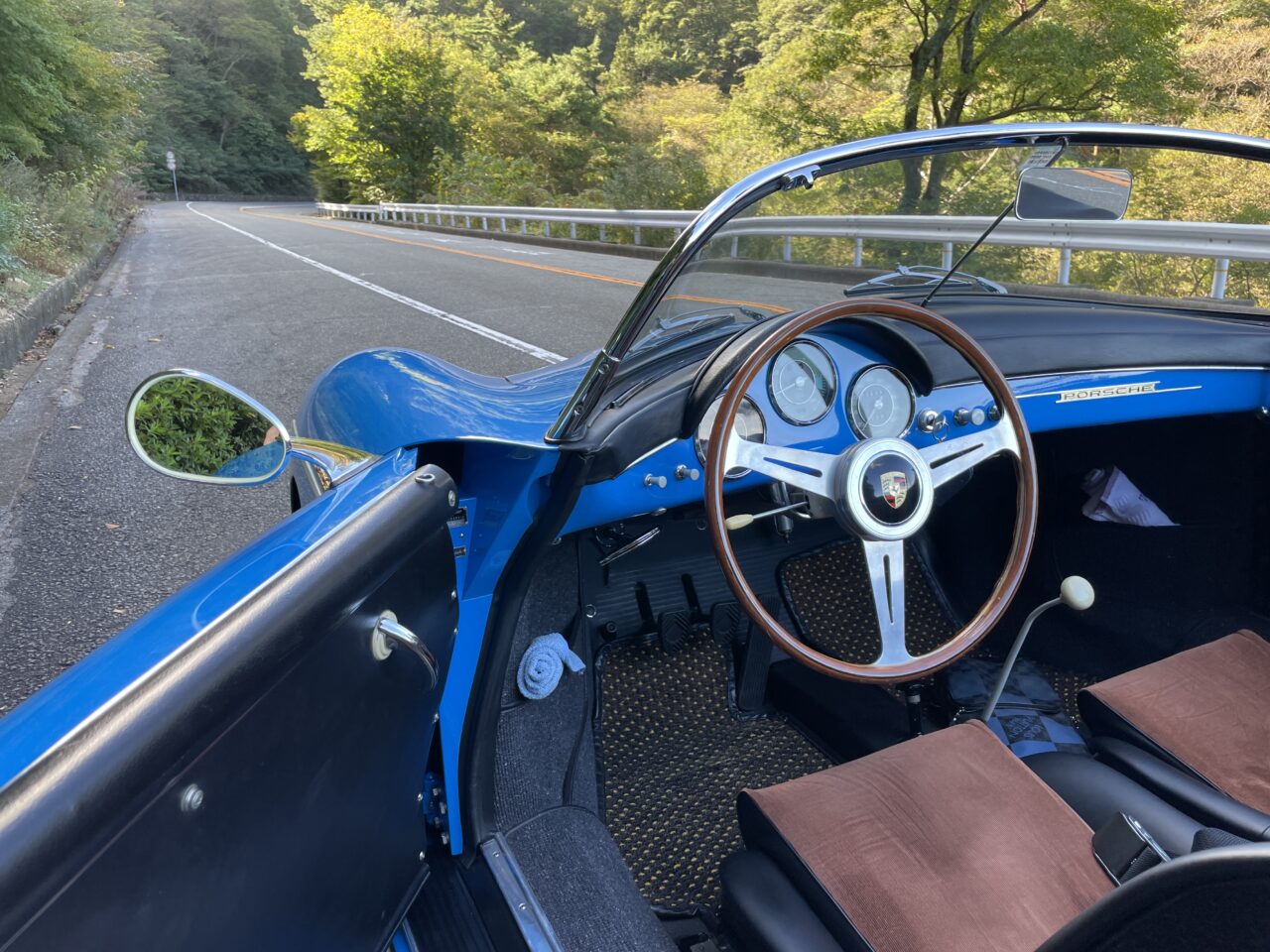
The owner mentioned there is a sense of lightness and a bit of nervousness, but at a comfortable cruising speed, I actually felt a sense of security.
The steering wheel is large and very thin, requiring quite a bit of effort to operate. Driving isn’t exactly effortless, but the rich feedback from the car makes it easy to understand how the car responds to your inputs, creating a strong dialogue between driver and machine.
So while its absolute performance might be low, the trust you feel in the car translates into a reassuring driving experience.
A Porsche-Built Motorcycle
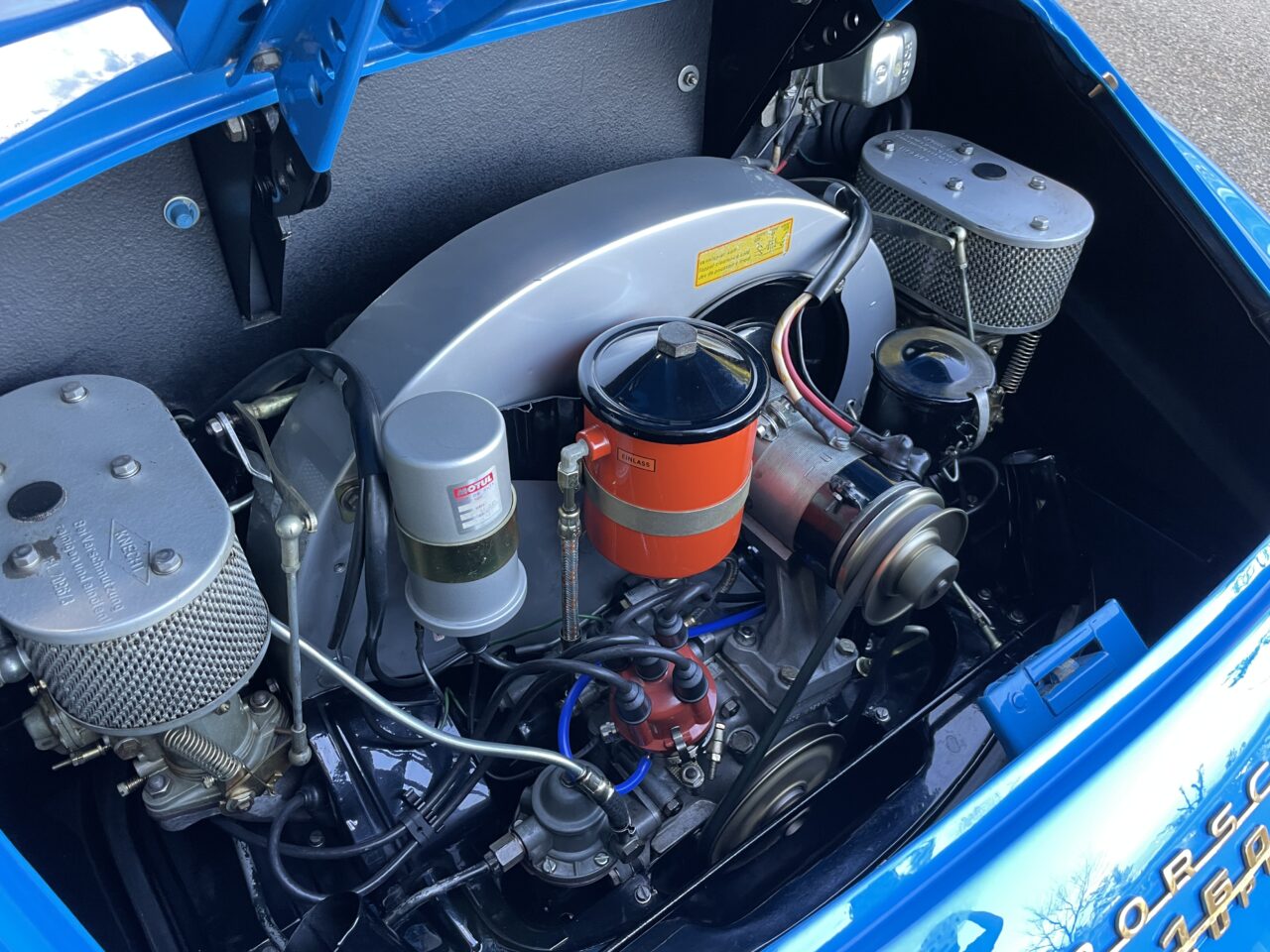
The engine’s pulse and sound when cruising in 2nd or 3rd gear at a steady speed is simply wonderful. The engine noise comes directly from right behind you with no barriers, delivering the ultimate sound experience. And since it’s an open car, the sound cascades from above, subtly changing with speed and echoing around you. The short windshield lets the wind rush over your head, enhancing the sense of speed.
This is basically a motorcycle.
I’ve previously described the Boxster as “a Porsche-built motorcycle,” and this Speedster is the origin of that feeling, with an even stronger motorcycle vibe.
The suspension is relatively stable, but the tires have a high profile, so when you push it a bit, there’s a slight squirming sensation. This might feel odd if you’re used to modern cars, but it still drives remarkably well for a car over 50 years old.
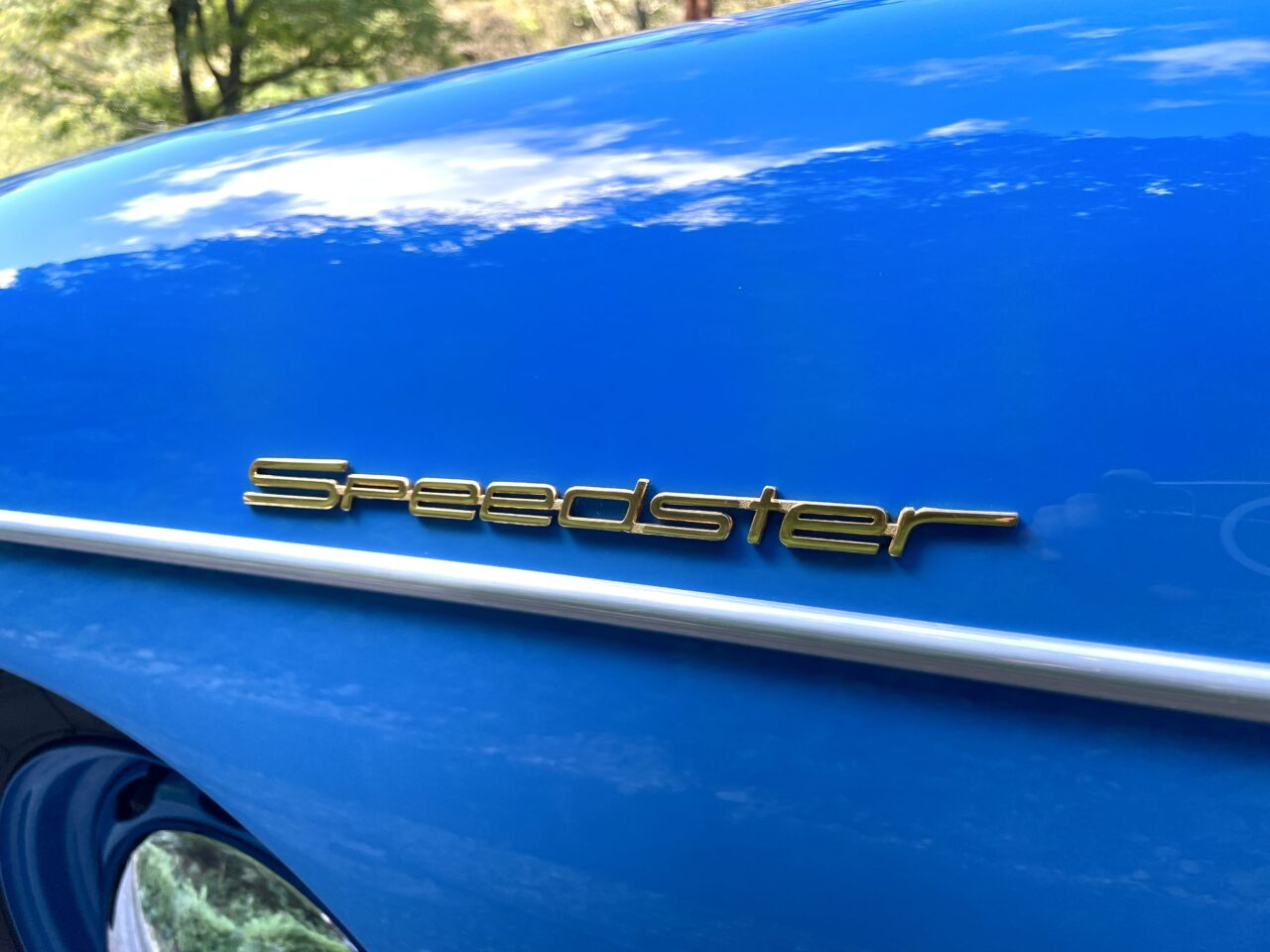
One thing that always surprises me about classic Porsches is their high-speed stability, which is better than I expect. Some modern Japanese compact cars honestly make me wonder, “Are they really built with today’s technology?” because they lack stability at high speeds. Compared to those, this 50-year-old Porsche is far more stable.
The owner recently took it on a 400 km tour and said it handled it perfectly. It’s impressive how German cars from this era were designed with long-distance driving in mind.
Another major difference from classic 911s is the brakes. Even older 911s have reasonably effective brakes, but the 356 uses drum brakes, which aren’t very strong. The brake pedal feels heavy, and you need to press firmly to get sufficient deceleration.
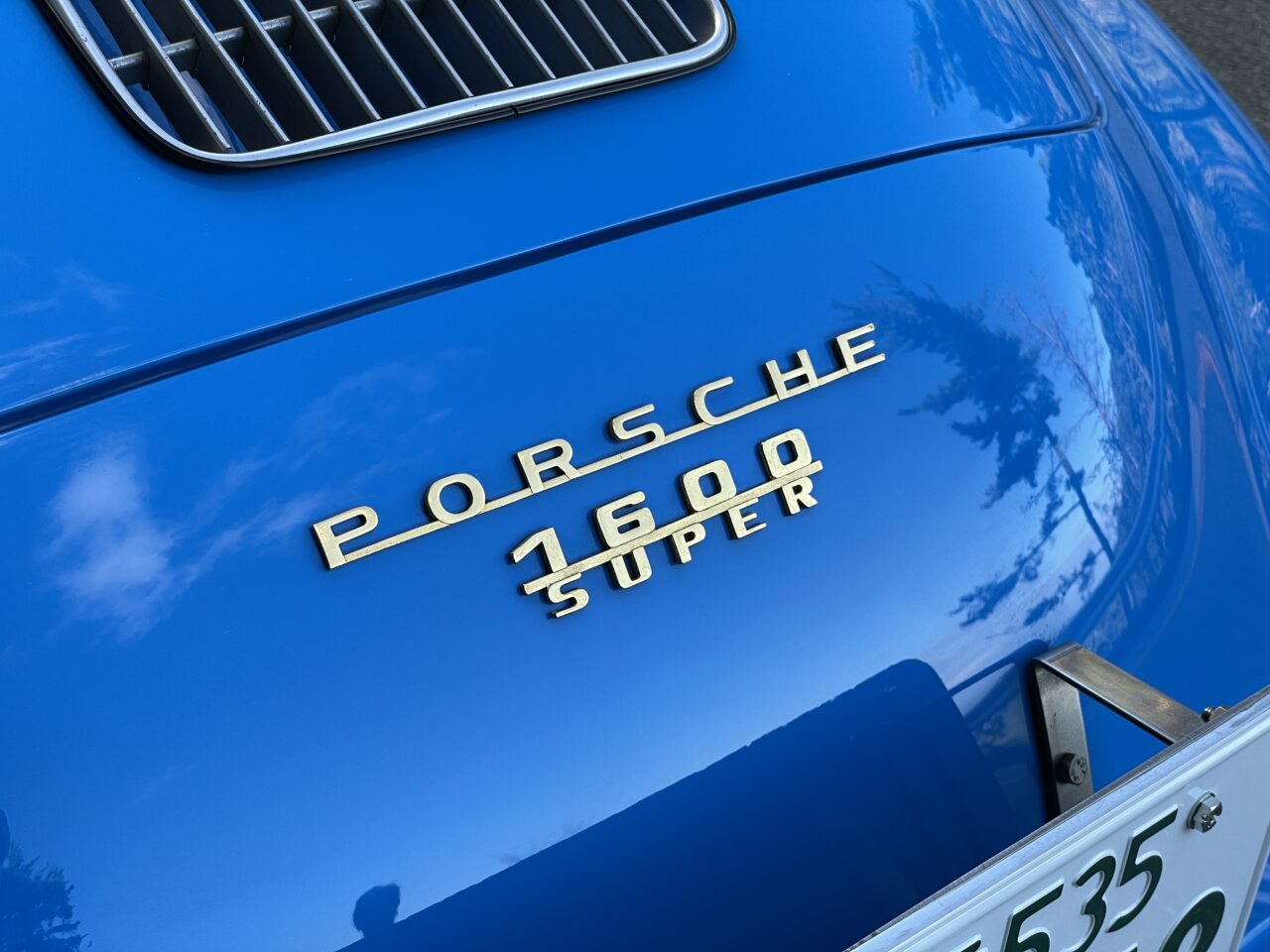
That said, all these performance details become irrelevant when you’re behind the wheel of this car.
Jumping into the driver’s seat, closing the door with a bit of force, and starting off with only a brief warm-up, just driving while feeling the wind, light, scenery, and sound, this car delivers the ultimate experience to the driver.
While it’s now a rare and ultra-luxury classic, the original Speedster was designed to be a casual, unpretentious car you could enjoy driving every day like a motorcycle.
That’s the strong impression I took away from this test drive.
このブログが気に入ったらフォローしてね!


Comment ( 0 )
Trackbacks are closed.
No comments yet.